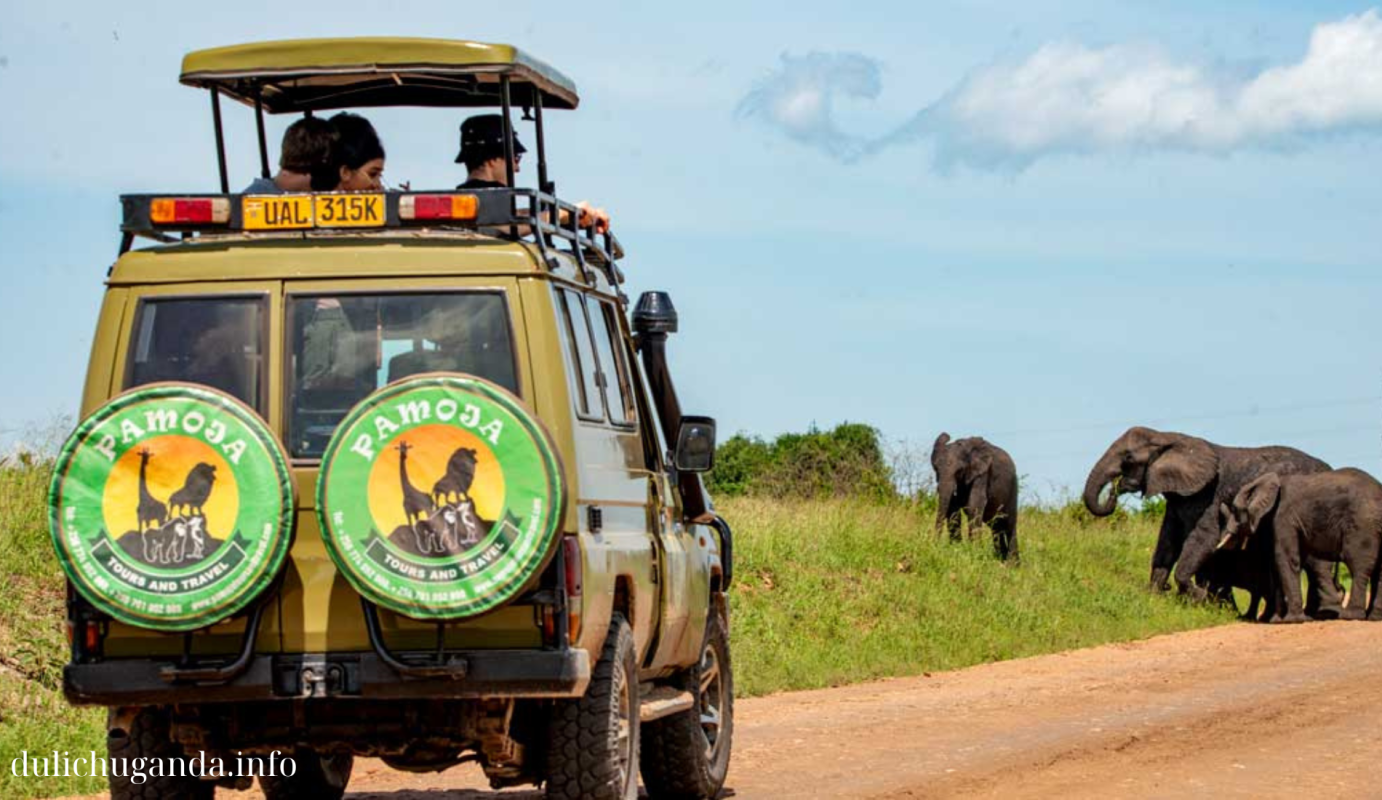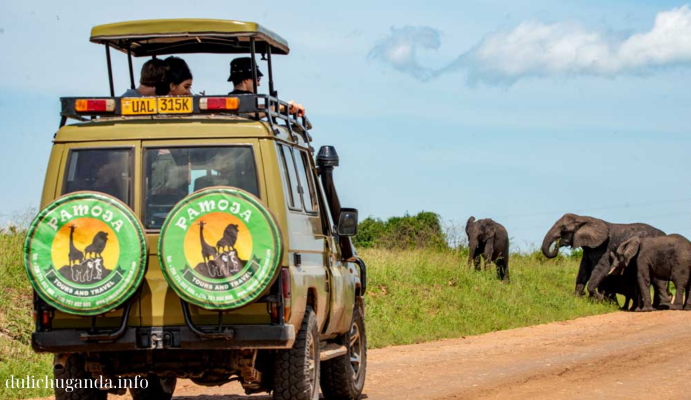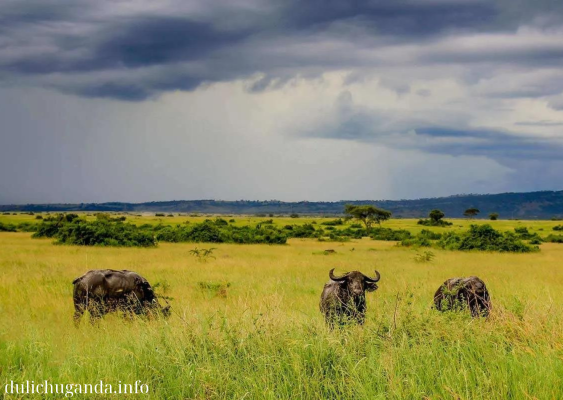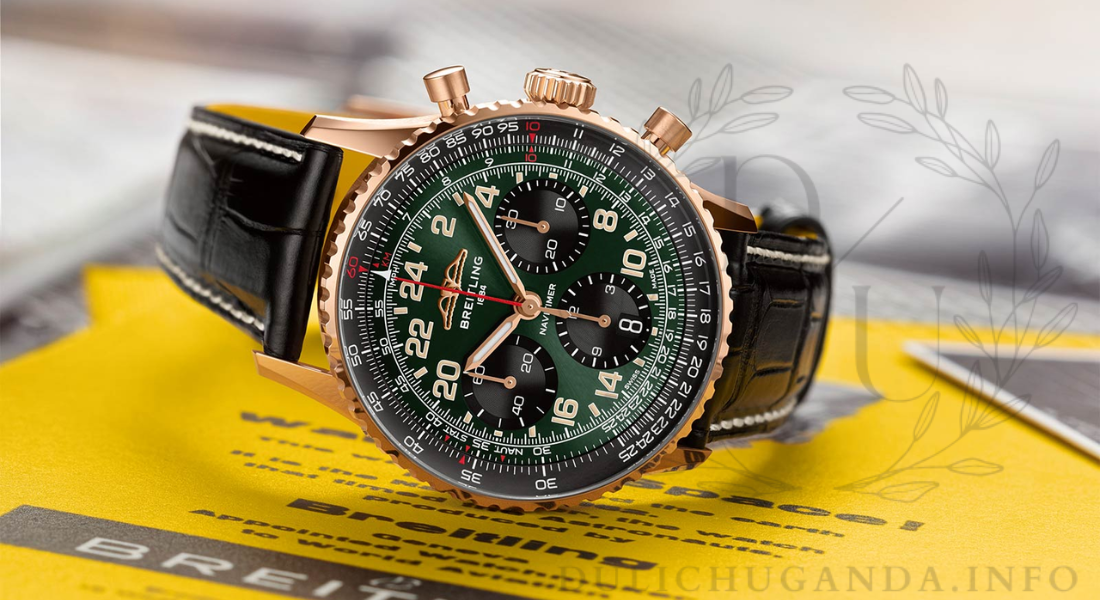Uganda, often referred to as the “Pearl of Africa,” is a country brimming with natural beauty, diverse wildlife, and rich cultural heritage. From the misty mountains of Bwindi Impenetrable Forest to the vast savannas of Queen Elizabeth National Park, Uganda offers an array of experiences that promise to make your trip truly unforgettable. This comprehensive travel guide will help you navigate the wonders of Uganda, ensuring that your journey through this East African gem is as enriching as it is memorable.
1. Discover Uganda’s Top Destinations: Must-See Places and Attractions
Bwindi Impenetrable Forest National Park:
Home to nearly half of the world’s remaining mountain gorillas, Bwindi is a UNESCO World Heritage site that offers one of the most unique wildlife experiences on the planet. Trekking through the dense forest to encounter these gentle giants is an adventure of a lifetime. Beyond gorilla tracking, Bwindi’s lush landscapes and rich biodiversity make it a haven for nature lovers and birdwatchers.
Murchison Falls National Park:
Situated in the northwest, Murchison Falls National Park is Uganda’s largest national park. It’s famous for the powerful Murchison Falls, where the Nile River plunges 43 meters through a narrow gorge. The park offers excellent game drives, boat cruises along the Nile, and opportunities to see the Big Five, as well as chimpanzee tracking in the nearby Budongo Forest.
Queen Elizabeth National Park:
This iconic park is known for its diverse ecosystems, including savannas, forests, wetlands, and lakes. It’s a prime destination for wildlife safaris, with the chance to see lions, elephants, leopards, and hippos. The park is also famous for its tree-climbing lions in the Ishasha sector and the Kazinga Channel boat cruise, where you can observe a wide variety of animals and birds.
Kibale National Park:
Kibale is renowned for its population of chimpanzees, making it one of the best places in Africa for primate tracking. The park’s dense rainforests are also home to other primates, such as red colobus monkeys and L’Hoest’s monkeys. A trek through Kibale offers an immersive experience in Uganda’s rich forest ecosystems.
Lake Bunyonyi:
Often called the “Switzerland of Africa,” Lake Bunyonyi is a stunning freshwater lake surrounded by terraced hills. It’s one of the deepest lakes in Africa and is dotted with 29 islands, each with its own history and charm. The serene atmosphere makes it a perfect spot for relaxation, bird watching, and canoeing.
Rwenzori Mountains National Park:
Known as the “Mountains of the Moon,” the Rwenzori Mountains offer some of the most spectacular mountain scenery in Africa. The park is a UNESCO World Heritage site and a challenging destination for trekkers and mountaineers. The Rwenzoris are also known for their unique flora, including giant lobelias and groundsels.
2. Explore Uganda’s Rich Culture and Heritage
Cultural Encounters:
Uganda is home to over 50 ethnic groups, each with its own customs, traditions, and languages. Engaging with local communities is an integral part of the Ugandan experience. Visit the Batwa pygmies near Bwindi, participate in a traditional Karamojong dance, or explore the vibrant markets in Kampala to get a taste of Uganda’s diverse cultural tapestry.
Historical Sites:
Uganda’s history is as rich as its culture. The Kasubi Tombs in Kampala, a UNESCO World Heritage site, are the burial grounds for Buganda kings and offer insights into the country’s royal heritage. The Uganda Martyrs’ Shrine in Namugongo commemorates the 22 Catholic and Anglican martyrs who were executed in the late 19th century. These sites, among others, provide a deep understanding of Uganda’s past.
Crafts and Souvenirs:
Ugandan crafts are a reflection of the country’s culture and creativity. Visit craft markets in Kampala, Entebbe, or Jinja to find handmade items such as baskets, beads, carvings, and textiles. Purchasing local crafts not only provides a meaningful souvenir but also supports the artisans who create them.
3. Practical Travel Tips: What You Need to Know Before You Go
Visa and Entry Requirements:
Most travelers will need a visa to enter Uganda. The country offers an online e-visa application system, which is straightforward and convenient. Ensure that your passport is valid for at least six months from your date of entry.
Health and Safety:
Uganda is a safe destination for travelers, but it’s important to take standard precautions. Malaria is prevalent, so taking anti-malarial medication and using insect repellent is advised. Vaccinations for yellow fever, hepatitis A and B, and typhoid are recommended. Make sure to drink bottled or filtered water and be cautious with street food.
Best Time to Visit:
Uganda can be visited year-round, but the best time for wildlife viewing and trekking is during the dry seasons, which are from December to February and June to August. These months offer the best conditions for gorilla and chimpanzee tracking, as well as safari activities.
Currency and Money Matters:
The Ugandan Shilling (UGX) is the local currency. Credit cards are accepted in major cities and hotels, but it’s wise to carry some cash for transactions in remote areas. ATMs are available in urban centers, but withdrawing large amounts at once is advisable due to potential transaction fees.
Getting Around:
Uganda’s road network has improved significantly, but some remote areas may still be challenging to reach. Renting a 4×4 vehicle is recommended for those planning to explore national parks and rural areas. Public transportation options include buses and shared taxis, which are affordable but may not be the most comfortable or reliable. Domestic flights are available for quicker travel between major destinations.
4. Responsible Travel: How to Make a Positive Impact
Wildlife Conservation:
Uganda is a leader in conservation, with efforts focused on protecting its endangered species, such as mountain gorillas and rhinos. When visiting national parks, follow guidelines to minimize your impact on wildlife and habitats. Consider supporting conservation organizations or choosing eco-friendly tour operators.
Community Support:
Traveling responsibly means giving back to the communities you visit. Purchase locally made products, stay in community-run lodges, and participate in cultural experiences that directly benefit local people. Engaging with communities in a respectful and meaningful way enriches your travel experience and supports sustainable tourism.
Environmental Awareness:
Uganda’s natural beauty is one of its greatest assets. Help preserve it by reducing your environmental footprint. Avoid single-use plastics, dispose of waste properly, and choose accommodations and activities that prioritize sustainability.
5. Sample Itineraries: Making the Most of Your Ugandan Adventure
Classic Uganda (7-10 Days):
- Day 1-2: Arrive in Kampala, explore the city, and visit the Kasubi Tombs and Uganda Museum.
- Day 3-4: Travel to Bwindi for gorilla trekking.
- Day 5-6: Visit Queen Elizabeth National Park for game drives and a Kazinga Channel boat cruise.
- Day 7-8: Head to Kibale for chimpanzee tracking and nature walks.
- Day 9-10: Relax at Lake Bunyonyi or explore the cultural sites in Kabale.
Ultimate Adventure (12-14 Days):
- Day 1-2: Start in Entebbe, visit the Ngamba Island Chimpanzee Sanctuary.
- Day 3-4: Journey to Murchison Falls National Park for safari and Nile cruises.
- Day 5-6: Explore Kibale National Park for primate tracking.
- Day 7-8: Head to Rwenzori Mountains National Park for a trekking adventure.
- Day 9-10: Discover Queen Elizabeth National Park’s wildlife.
- Day 11-12: Trek with gorillas in Bwindi Impenetrable Forest.
- Day 13-14: Conclude with a serene stay at Lake Bunyonyi or a visit to the Batwa community.
Cultural and Wildlife Highlights (10-12 Days):
- Day 1-2: Begin in Kampala with cultural tours and local markets.
- Day 3-4: Experience the cultural heritage in Jinja, including a Nile River tour.
- Day 5-6: Travel to Murchison Falls for a blend of culture and wildlife.
- Day 7-8: Visit Kibale for a mix of primate tracking and community visits.
- Day 9-10: End with a cultural experience in the Buganda region or explore the Ssese Islands.
Conclusion: The Adventure of a Lifetime Awaits
Uganda offers a travel experience like no other, where every corner of the country presents a new discovery. Whether you’re tracking gorillas in the misty mountains, cruising along the Nile, or immersing yourself in the vibrant local culture, Uganda promises a journey filled with wonder, adventure, and unforgettable memories. By planning your trip with this guide in mind, you’ll be well-equipped to explore the treasures of Uganda and make the most of your time in this extraordinary destination. So pack your bags, ready your camera, and prepare for the adventure of a lifetime in the Pearl of Africa.






